The Turquoise Serpent
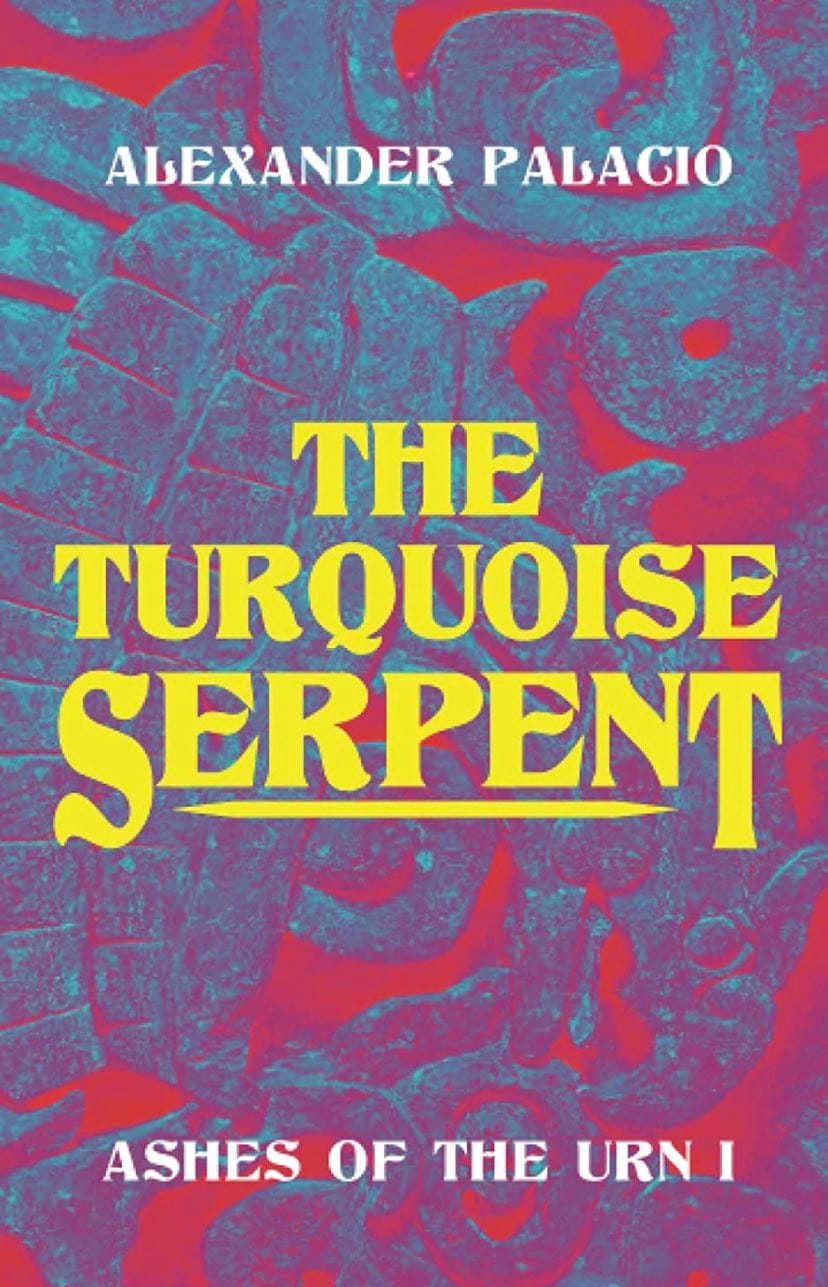
Alexander Palacio's The Turquoise Serpent is R. E. Howard's Conan transposed into a demon-haunted pre-Columbian Mesoamerica, and it is awesome. I imagine a certain fraction of my audience will know exactly what that means without elaboration, but for the rest of you let's dive in and see why this works so well.
Robert E. Howard was absurdly well read. He used the background of the anthropology and archaeology of his day to create the world in which Conan lived. Howard explained much of this in his essay, The Hyborian Age [Project Gutenberg link].
While this is pseudo-history, it retains the shape and flavor of real history, better than some academic history of the twentieth century, which insisted that cataclysm, migration, and war had very little role to play in shaping the peoples of the Earth.
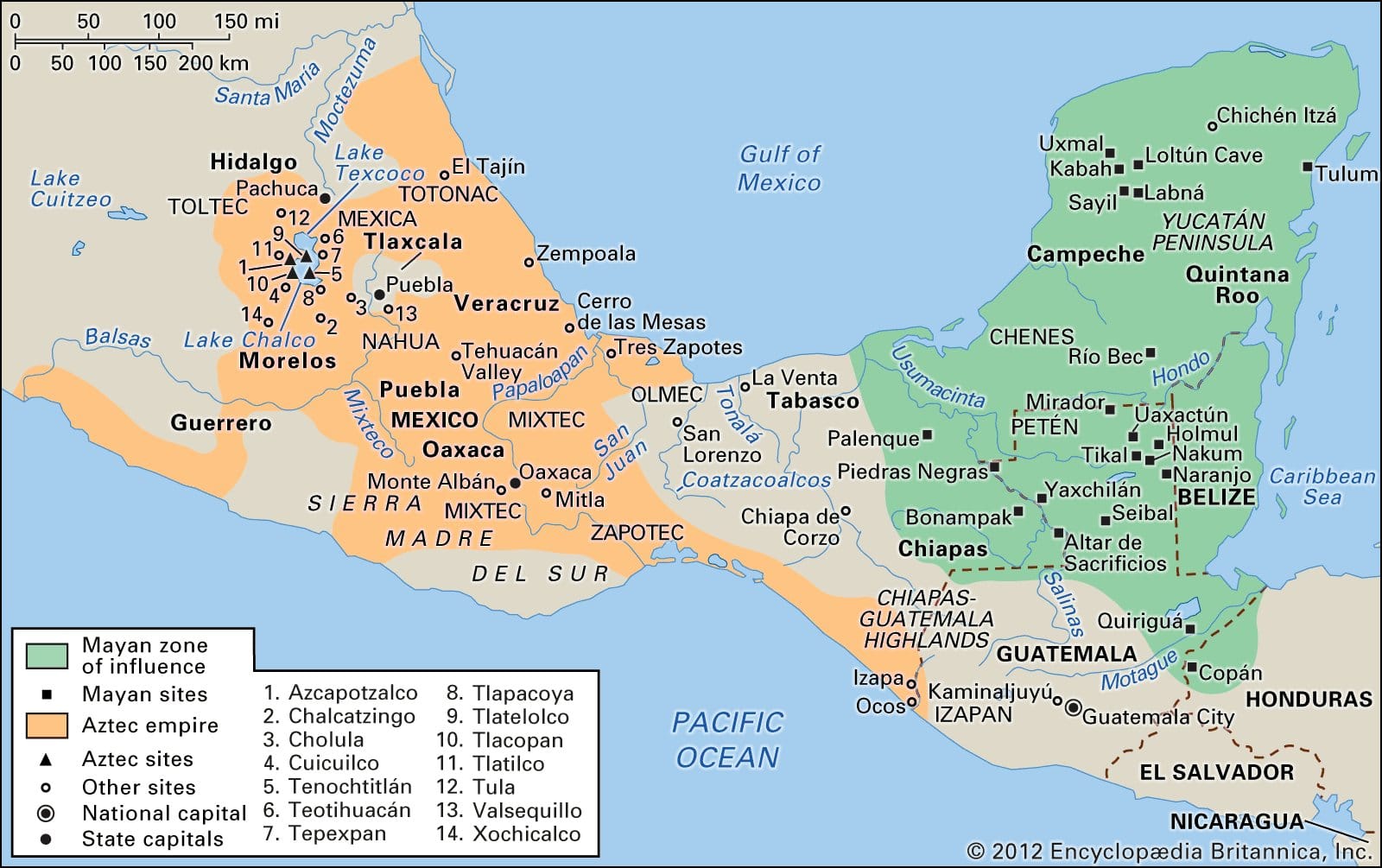
Conan's Hyboria is explicitly modeled on the history of real peoples who lived in Europe; in much the same way Palacio has modeled the world of Cayucali on the Maya and the Aztec and others who lived in Central America. And like in Howard's Hyboria, the civilizations of Central America have waxed and waned repeatedly over time, with great cities spreading between 350 B.C. and 1 A.D., and then suddenly abandoned for hundreds of years until new cities again were built.
During and after the third century A.D. Mayan Classical period, trade networks spread far to the north and south, enmeshing the peoples of Central America in a much bigger world, leading to economic expansion and specialization, allowing the production of even bigger cities with even more monumental architecture.
It also allowed for a great age of conflict, with everything from using systems of alliances and counter-alliances to exert economic pressure on your rival, to targeted raids and kidnappings of kings for ritual sacrifice, and of course open warfare.
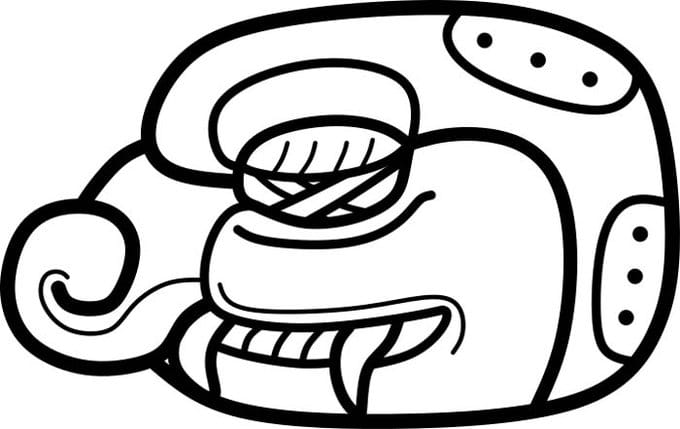
I don't know whether Palacio selected the rivalry of Tikal and Calakmul as the precise basis for Batun and Kalak Mool, although the latter at least seems clear, given Calakmul's snake head glyph maps pretty well to Kalak's snake god.
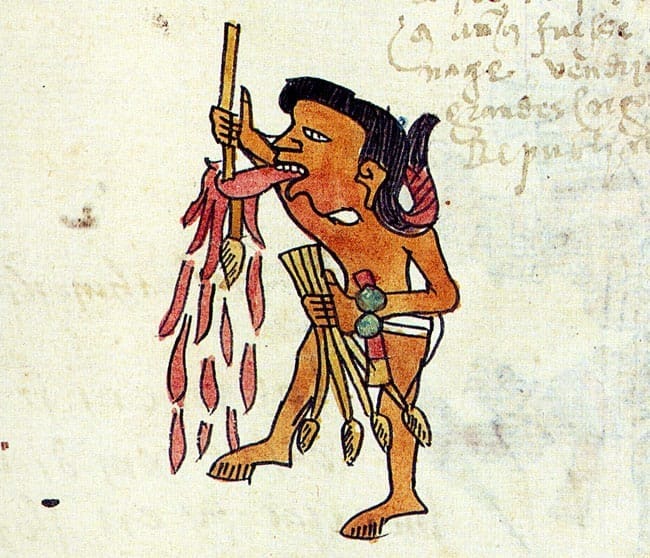
But even more than this tumultuous history, Classical Mayan civilization seems to have been a place where the veil trembled, as powers and principalities attracted human followers with signs and wonders, and the preferred votive was blood. This blood-letting did not require killing, as many of the rites of the Maya were meant to be practiced repeatedly upon the person of the King, but at the same time it was most certainly not excluded.
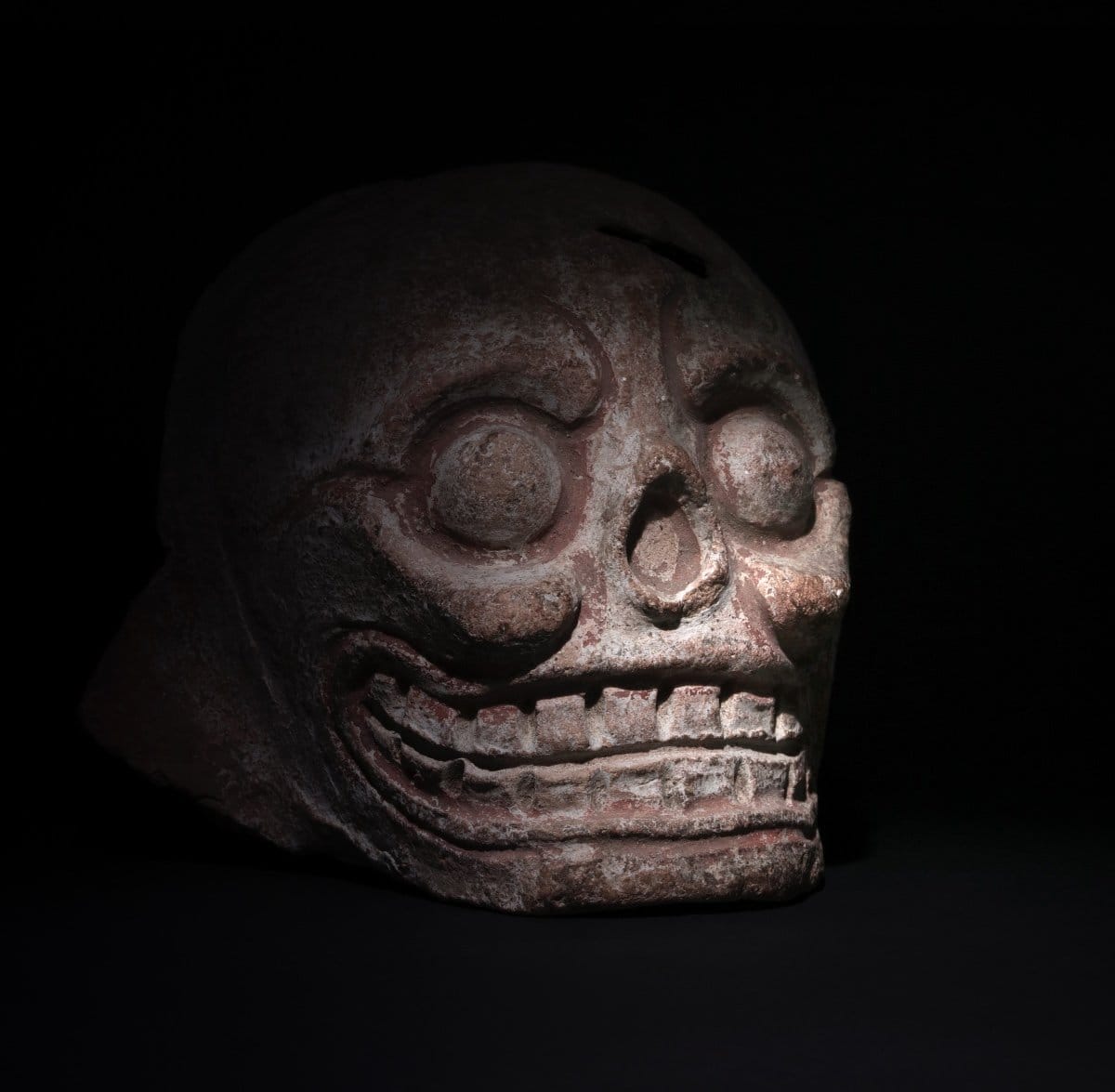
This then is the backdrop into which Palacio has placed Cayucali, a man who is already a warrior of great renown and mighty deeds before the story even begins. Cayucali is a man of action, of honor, but his world is one of priests who weave complex magics, of constant betrayal and intrigue among the powerful, and of many great and terrible things that seek aborning into the world.
One of the major themes of the Conan stories, faithfully re-created here, is the contrast between barbarism and civilization, between Conan [Cayucali] and the purportedly "civilized" men he comes into conflict with. For Howard, and likewise I believe for Palacio, technology and hierarchy are not identical with the true meaning of civilization, what Augustine or Aquinas would have called tranquillitas ordinis.
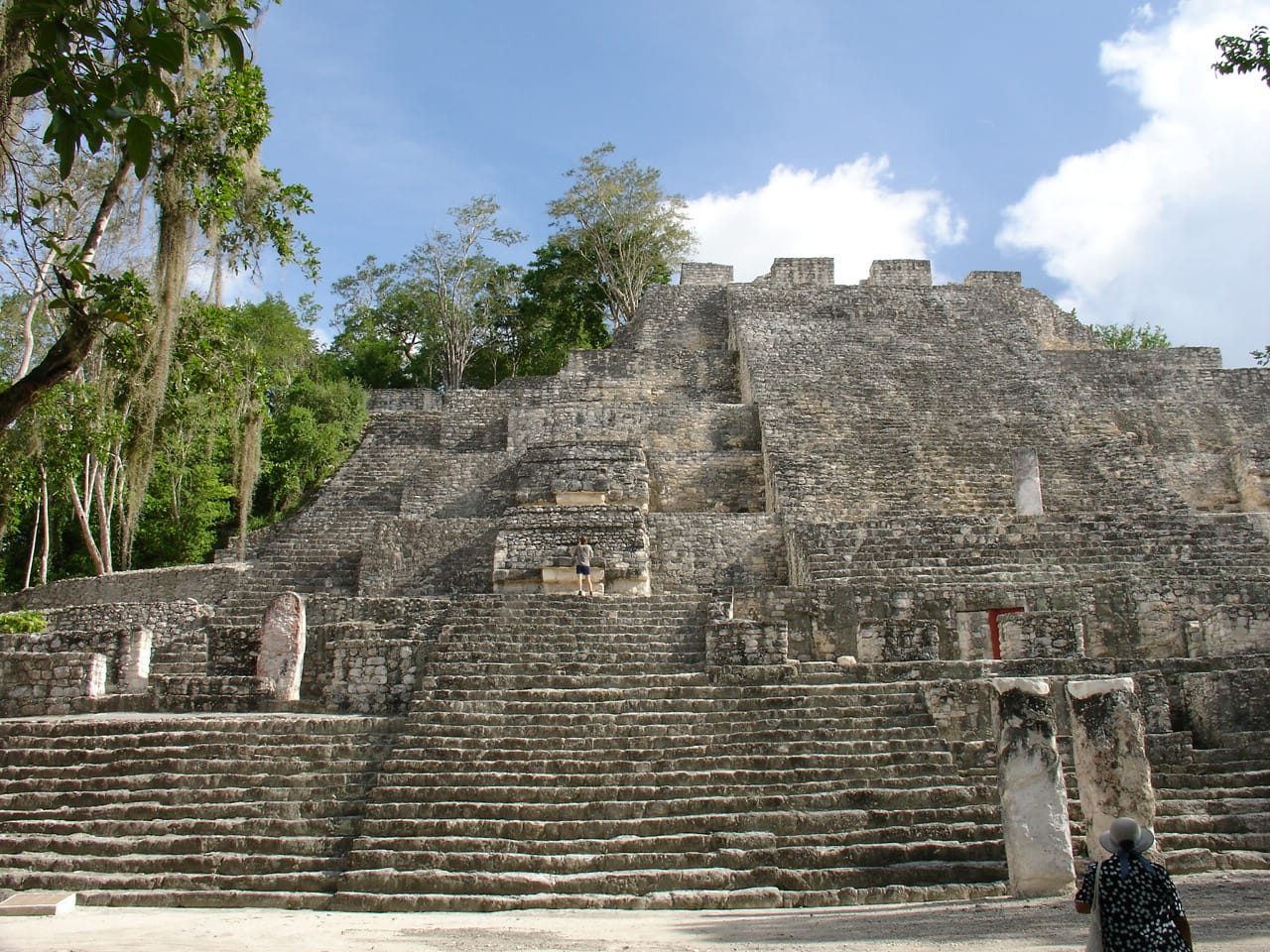
When Cayucali is captured by the soldiers of Kalak Mool and brought before their king, we get a glimpse of the faded glory of Kalak Mool:
On the other side of a long row of columns, the earth dropped away and the Serpent Kingdom unrolled before them. Honey sunlight drenched low hills descending toward a slow river. To the north, a high lake gleamed like a mirror. White-capped mountains marched around the narrow valley, soaring above them in every direction.
In the valley, patchwork fields divided the rich black loam. Low walls of heaped stone or piled branches divided them. Old men and children tended animals who wandered through fields left fallow, or planted thick with field peas. Yet the valley was strangely empty. There were people in the fields, but no homes. No barns. No storehouses or workshops. No temples.
Then Tezca approached the edge of the colonnade. Beneath him the citadel of Kalak Mool fell in stepwise profusion down the side of the mountain. He stood atop a soaring city of hewn and piled stone. Cacophonous structures tumbled away in his vision. Stairways crossed and re-crossed walkways like a nest of petrified snakes. Rooms and houses erupted from the skin of the mountain like toadstools. Tiny patches of tilled soil and planted gardens speckled the citadel like moss on a rock. Kalak Mool was a small mountain itself; perched on the shoulder of a protective mother who loomed to a watchful peak high above.
The outward appearance of the monumental citadel and its supporting hinterland is conventionally that which you would find in civilization. Yet, Cayucali knows from bitter experience that the heart of Kalak Mool is black and rotten. Contrast is provided by the other POV character, Tezca, whose youth and inexperience do not allow him to see past the surface appearance to the evil beneath.
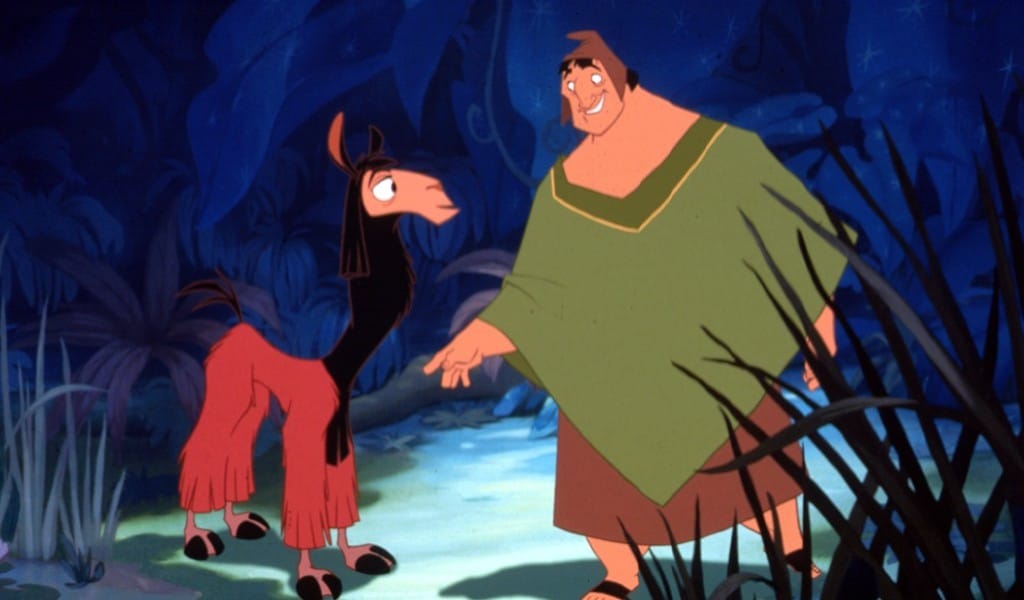
Cayucali and Tezca are a classic pairing, the grumpy middle-aged man with some young privileged fool.
Tezca was a sorcerer, and sorcerors were dangerous fools.
But after initial conflict, Cayucali and Tezca slowly discover that they have a lot more in common than not. Which will be critical for their survival in a hostile and alien land.
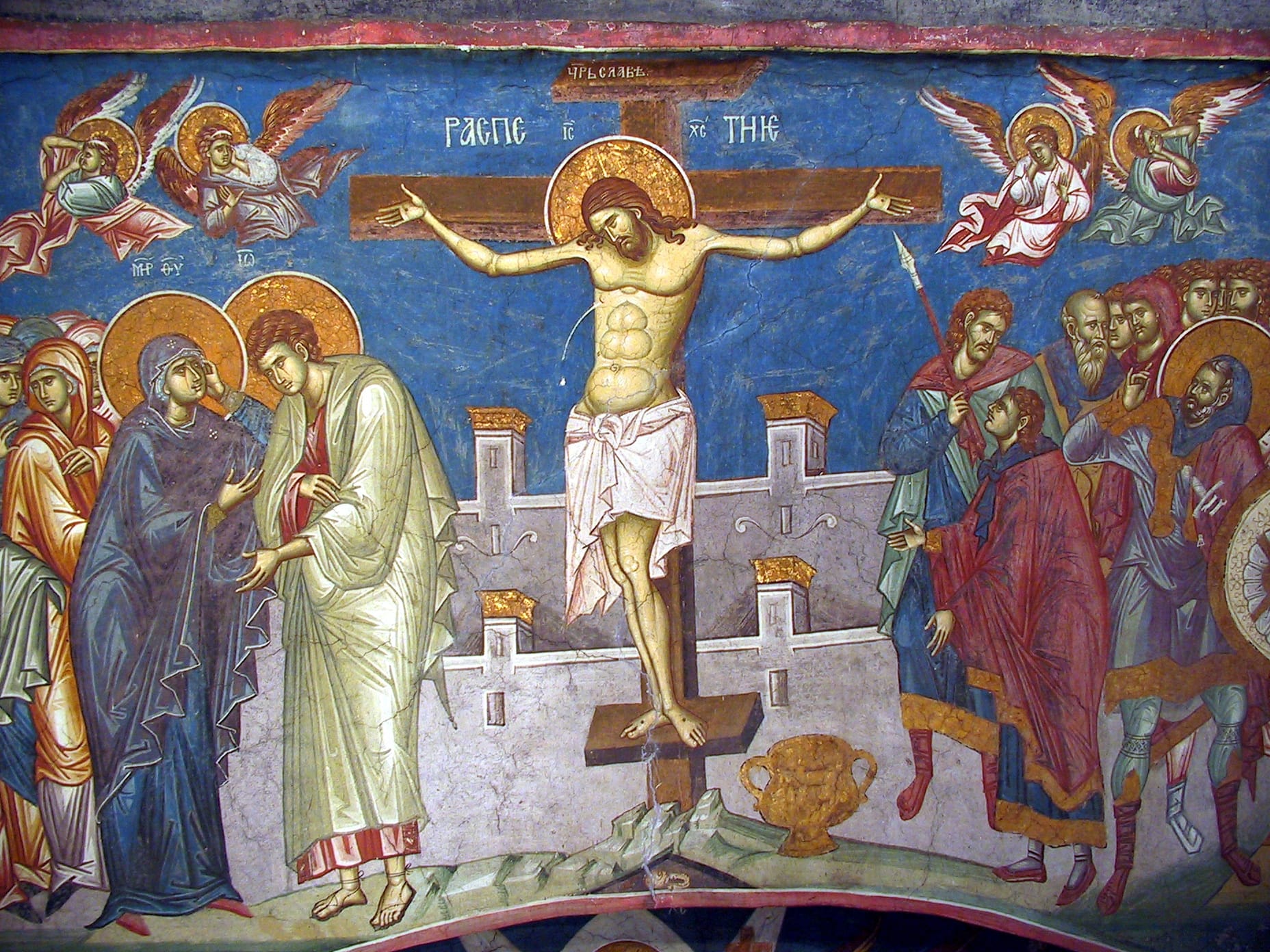
For both Cayucali and Tezca are honored guests within Kalak Mool; and within Kalak Mool, the blood of the most high has the greatest power. The dark magics practiced within Kalak Mool are a twisted mockery of the expiatory sacrifice of Christ. Rather than a willing sacrifice to save the world, we have unwilling sacrifice in order to devour the world. By your blood, you have doomed the world.
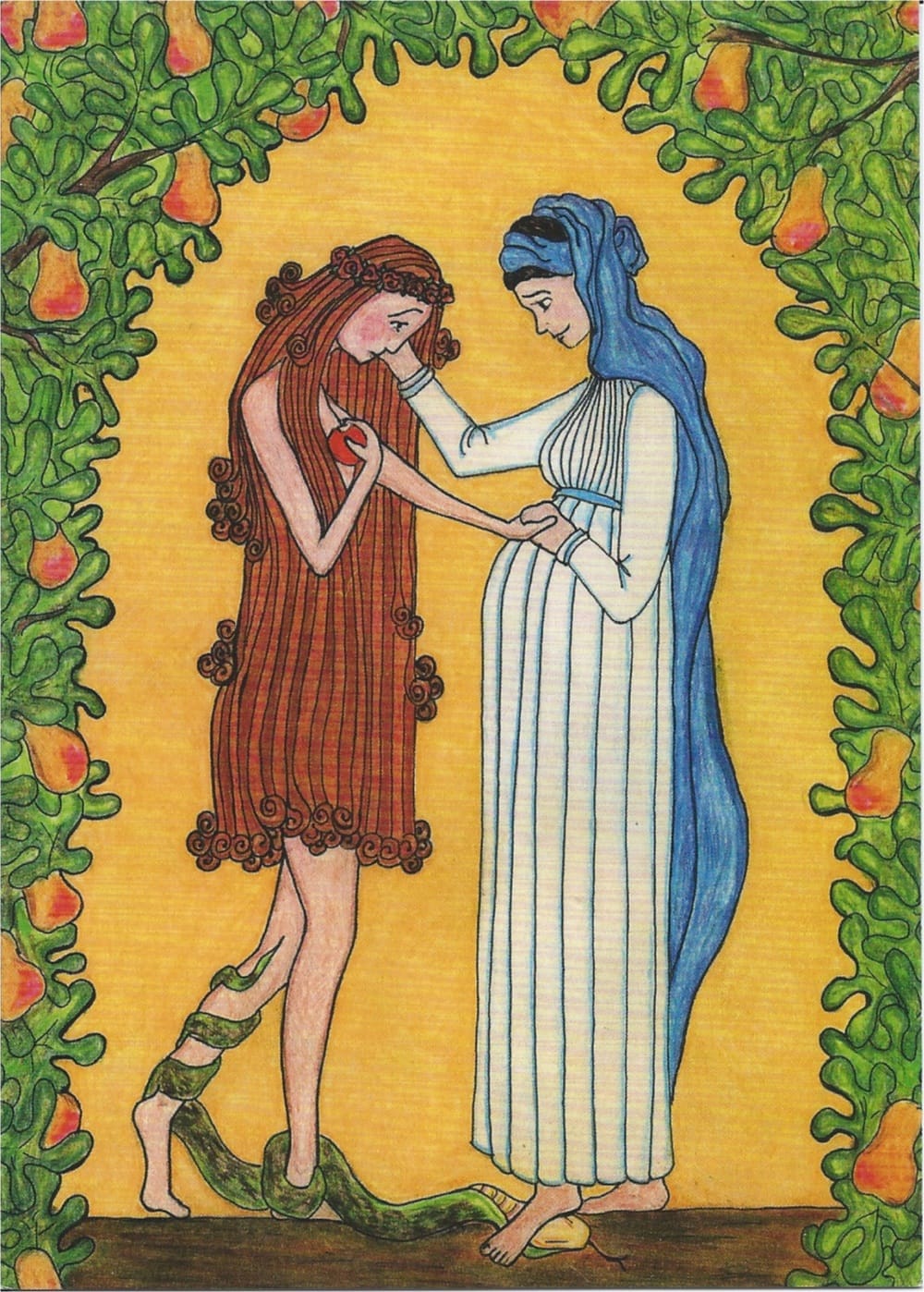
Cayucali is utterly opposed to the sacrifices practiced in Kalak Mool, but in a way that is entirely consistent with his own natural piety. This is reinforced by the use of Marian iconography blended with Mayan imagery, sent to Cayucali in a dream, which works astonishingly well. Mayan myth and legend, to the limited extent it has been faithfully preserved, seems like a praeparatio evangelica. It is perhaps not an accident that Cayucali finds himself in Kalak Mool.
Thus, I see The Turquoise Serpent as a deeply Christian book, even though it is not possible for anyone in the pre-Columbian setting to be a nominal Christian. The wicked temple of the snake god Xicuoatl presents itself as an artifact of civilization, but the bloody tributes to to Xicuoatl contravene the truth of civilized order. Cayucali has been sent to set things right, an unwitting agent of a God he does not know.
That this is at the very same time a cracking good adventure is an accomplishment.
Buy The Turquoise Serpent on Amazon
With Both Hands Classics | My other book reviews | Reading Log
Mini-reviews
Comments ()